FNB Chronicles
Early History of the Town of Oneida
Celebrating its 90th Year: 1917-2007
[EDITOR’S NOTE — It should be pointed out that earlier charters for Oneida’s incorporation were issued and revoked, but for the purpose of this story, we are dating the creation of the town to the 1917 charter — the one that survived.]
The Scott County Bank, forerunner of First National Bank of Oneida, was established in Oneida in 1904, and stood as a sentinel as the little railroad station on the main line of the Cincinnati-Southern Railroad struggled to gain its footing as an incorporated community.
Officials of the bank and local townspeople watched as the town’s first charter, issued by the state in 1905, was revoked just two years later. Another effort for incorporation was made in 1909. It also failed. And it is believed that there was yet another charter attempted in 1913, which had the same results. Finally, however, in 1917, a new charter was issued and signed into law and was destined for success, as evidenced by the fact that it’s still in effect 90 years later.
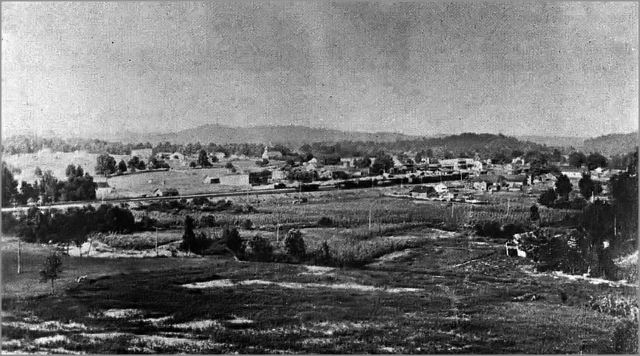 |
| Panoramic view of the Town of Oneida which is believed to have been taken near the date of its 1917 incorporation |
By the time the 1917 charter was issued, on March 22, 1917, the Scott County Bank had evolved into the Scott County National Bank and both that institution and the Town of Oneida were off and running – both destined to not only survive two world wars and the Great Depression, but also to see steady growth and progress in the years since.
The month before the newly-incorporated Town of Oneida was two years old, The Scott County National Bank’s name was changed to the First National Bank of Oneida (April 19, 1919) – a name it has been known by ever since.
There are many other parallels that can be drawn between the Town of Oneida and First National Bank through the years, not the least of which is that they have grown up together. In fact, other than the railroad itself, which was completed in 1876, the First National Bank of Oneida is one of only two institutions in business within the corporate limits then and now. The other is the Jellico Grocery Co., known today as the H. T. Hackney Co., which set up a wholesale grocery outlet here in 1914. While the town was in its infancy, the Scott County News was established in Oneida and recently celebrated its 90th anniversary. The News was established 12 years after the first newspaper published in Oneida, as the first edition of the Scott County Herald, published by F. P. James, rolled off the press on April 27, 1906. That paper, however, folded after only a couple of years in business.
By 1920, Arlie Lay had established a furniture store, which has two "descendants" in Oneida now – a direct descendant in Lay’s Oneida Furniture Company, operated by John Charles Lay, the son of the store’s founder, and Lay Family Furniture, operated by Jerry Lay, a grandson of the founder.
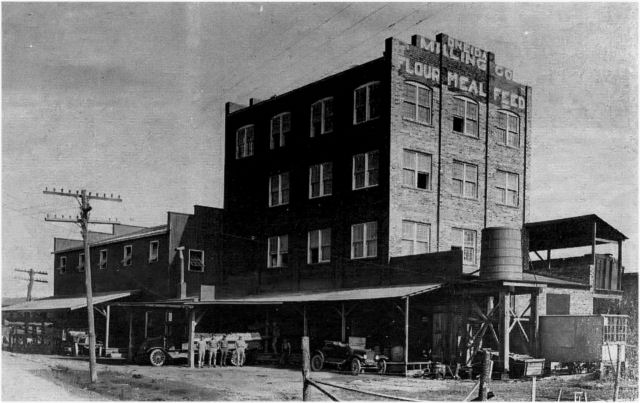 |
| The Oneida Milling Company’s flour mill, the tallest building in town, was built by Louie Lowenthal of Somerset, Ky., and stood at the corner of Depot Street and the Huntsville Road (now U.S. 27). According to the Scott County Historical Society, this mill manufactured all types of flour, as well as corn meal and livestock feed. One regionally popular brand of flour manufactured at this mill was Silver Leaf Flour. A fire, believed to have been caused by spontaneous combustion, completely destroyed the mill in December 1924. |
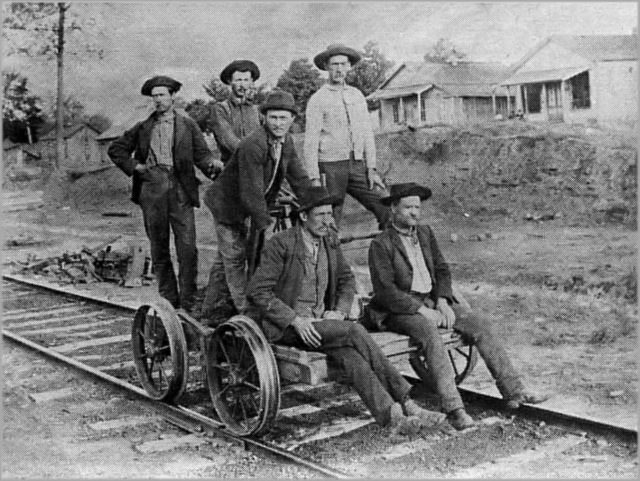 |
| A Railroad Section Crew on the CNO & TP Railroad in Oneida poses for a photograph in 1891. Seated are Gideon Owens (left) and Cal Norris. Standing are James Miller (holding lever), Isaac Craig, William Lee and J. W. Smith. The buildings (most likely homes) seen in background at right are situated facing what is Depot Street today at its junction with Main Street. |
The town’s first mayor, Leland Carson, was the manager of Jellico Grocery when he assumed office. He held that position from the time the business was established here (in 1914) until 1918.
To set the scene, Oneida’s charter was issued on March 22, 1917, just eight days after the U.S. entered what would later become known as World War I. Mayor Carson was among an estimated 500 other young Scott County men to be involved in that conflict. In fact, his term in the Army’s 324th Supply Co., Quartermaster Corps, from June 30, 1918 to June 12, 1919, overlapped his term as mayor (1917-1919).
Leland Gates Carson was born in Oneida on August 29, 1891, the son of W. H. (Henry) and Angeletta Pemberton Carson. He became the town’s first mayor at the age of 26, the same year he married Mable Blevins Terry, the adopted daughter of Alvin and Nancy Jane Davis Terry, of Oneida. Their daughter, Helen, now 88, is a resident of Huntsville Manor, where she has been for the past 13 years.
After serving as mayor for one term, Carson left Oneida, moving to Middlesboro, Ky., with Jellico Grocery Co. Around 1921, Carson and his family settled in Harriman, where he would go on to become president of the First National Bank of Harriman, and eventually establish and operate a Chevrolet dealership.
Carson died on June 12, 1969, and his wife, Mable, died on November 16, 1975. Both are buried in the Carson Family Cemetery in Oneida.
Despite the war, or rather because of it, Oneida was pretty much of a boom town, due to the demand for coal. The mines were going full bore, and the town’s three railroads – the Cincinnati-Southern, Tennessee and O&W – were all going strong because of the mining. The trickle-down effect of that prosperity had a positive effect on virtually every business in and around Oneida, including the bank, "which was able to achieve a record in the sale of Liberty Bonds that was unexcelled by any bank in the South with a capital of $25,000.00," according to a history of the bank which was published in 1984.
During its first year, Oneida’s Board of Mayor and Aldermen floated a $20,000 bond to build streets and sidewalks – a project which got businesses "out of the mud" and into the 20th Century, in a manner of speaking. Such bond issues would continue in the years to come, turning the "graded and macadamized roads" into paved streets by 1923, according to a history of the town written by A. C. Terry in 1940.
By 1925, Terry wrote, most of the town’s principal streets were paved – a municipal priority that led to the statement: "It has been claimed that Oneida has more paved streets than any town in Tennessee according to population and wealth."
Growth both in terms of population and businesses created a tax base that allowed the city fathers to establish a municipal water system by 1920, a sanitary sewer system by 1925 (the same year the grading for U.S. 27 was completed through town). Two years before incorporation, the town was introduced to electric lights.
The roaring twenties saw several business spring up. As early as 1921, for example, Oneida could boast of "20 retail establishments, a wholesale grocery, four churches and a brick schoolhouse with over 500 students enrolled," according to Terry’s history.
In 1924, two new hotels opened their doors: The Grandview (built by Lucinda Williams), and The Gibson House, built by (Alex Gibson). They joined The Commercial Hotel (built by Ezekiel Hembree in 1914) and the Cross Hotel (built by C. Cross in 1916).
Along with the commercial growth of the town came growth in the residential area surrounding it. In 1926, H. F. Cooper purchased the Frank Raynor Farm, subdivided it into residential lots, and sold them off one by one. That development complimented one which had occurred a decade earlier, when John Toomey and John R. Mitchell subdivided John Carson’s 35-acre farm into residential building lots.
The 1920s also saw the establishment of the Oneida Kiwanis Club (1925), the Scott County Fair (1926), First Trust & Savings Bank (1923) and Oneida Bank & Trust Co. (1923).
All of this commercial and residential growth came during the terms of mayors Leland Carson (1917-1919), G. K. Young (1919-1921), William Claude Terry (1921-1927) and Sam A Bertram (1927-1929).
During the Depression years, beginning in 1929, and basically continuing up to America’s entry into World War II, Oneida was hit as hard as any community insofar as economics were concerned, but survived under the leadership of mayors Inman Terry (1929-1933), Sam Blair (1933-1937), Arnold Colditz (1938-1939), and Archie Newport (1939-1941). C. Lee Smith was the town’s mayor when the U.S. entered the war, and he would remain at the helm until 1947, before being replaced by J. D. Caldwell (1947-49). Smith ran again and won the seat in 1949 and served until 1955, thus being the only mayor to serve a split term.
It was in 1941 that the town got its first City Hall and Jail building, which was constructed at the corner of Main and Third streets where the Scott County Senior Citizens Center now stands. That facility served the needs of the town until the Municipal Services Building was constructed during Mayor Robert Carson’s term of office in the late 1970s.
Eugene McDonald followed C. Lee Smith’s term as mayor, McDonald was elected in 1955 and served until 1959. He was followed by John Lee West (1959-1965), William N. "Bill" Proctor (1965- 1973), Robert Carson (1973-1979), Rodney West (1979-1980), C. L. "Shilo" Strunk (1980-1981), and Denzil Pennington (1981-1994).
Following Mayor Pennington’s resignation from the office in 1984 [1994?], Vice Mayor Cecil Anderson was chosen as acting mayor, and served until the next election which saw Jack E. Lay claim the seat. Mayor Lay has held the mayoral post since 1995.
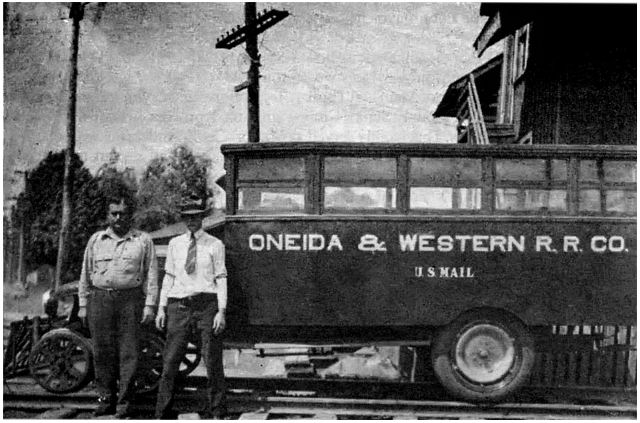 |
| Bradley Speck and Carl Coleman and the old O&W Railroad "bus" |
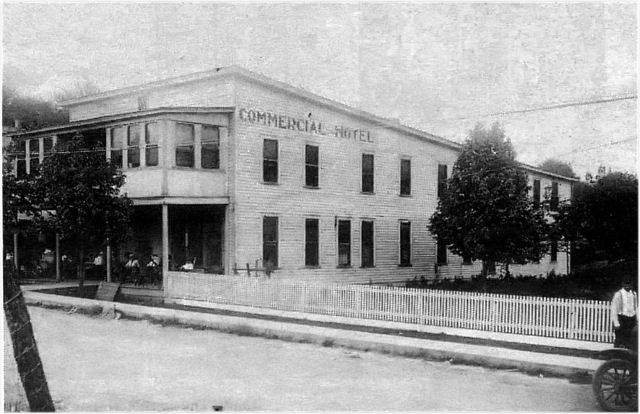 |
| The Commercial Hotel, built by Ezekiel Hembree on Main Street in 1914 |
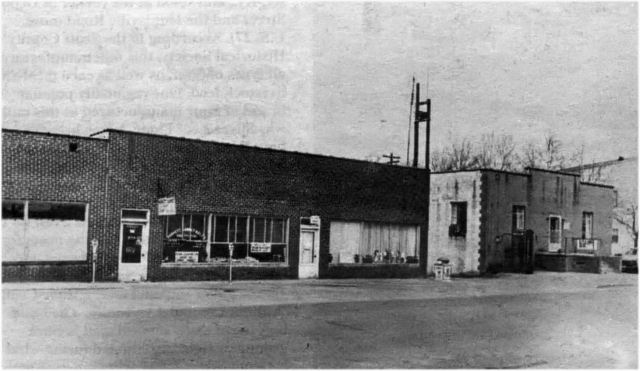 |
| Old City Hall and Jail Building on Main St., where Senior Center is today |
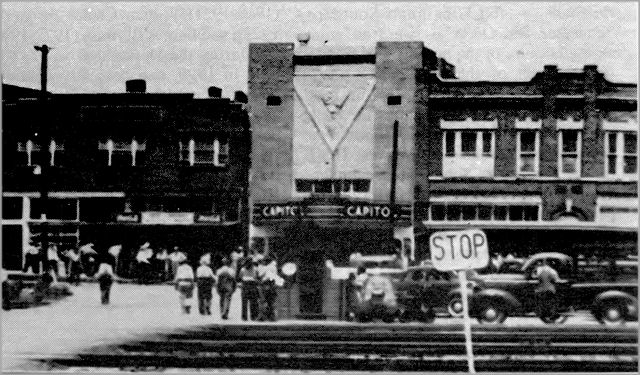 |
| Capitol Theater & Cooper Buildings Focal Point at Southern Railroad Crossing |
|
|
| The old wooden frame First Baptist Church, on same site as the modern church |
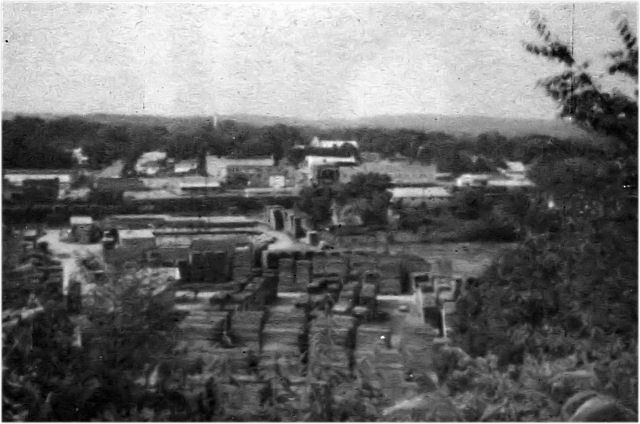 |
| View of Oneida from Braden Hill; 1970 photo taken by Lyndon Baines |
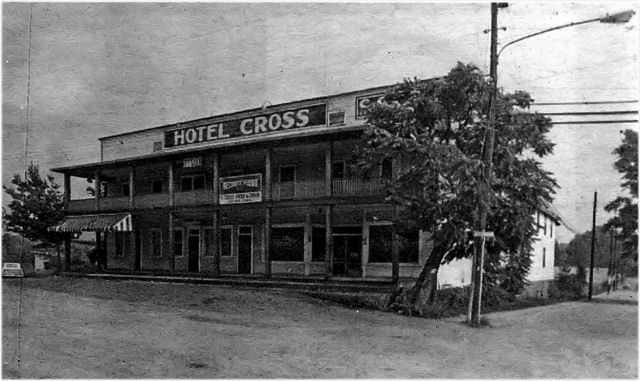 |
| Cross Hotel, built by C. Cross in 1916 |
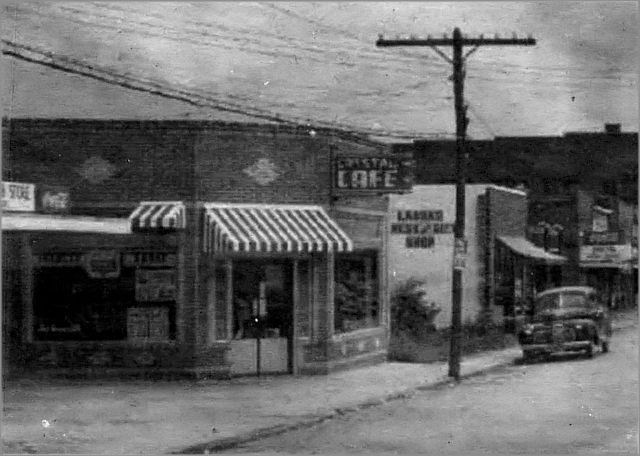 |
| The Crystal Cafe — Gathering spot on Main Street for a number of * years |
|
|
| Southern Railroad Tower in Oneida, ca. 1910 (Photo provided by Mike O’Neal) |
|
|
| Scott County Bank (1904), forerunner of First National Bank of Oneida |
FNB Chronicle, Vol. 18, No. 3 – Summer 2007
First National Bank
P.O. Box 4699
Oneida, TN 37841
(p1,3-5)
![]() This page was
created by Timothy
N. West and is copyrighted by
him. All rights reserved.
This page was
created by Timothy
N. West and is copyrighted by
him. All rights reserved.